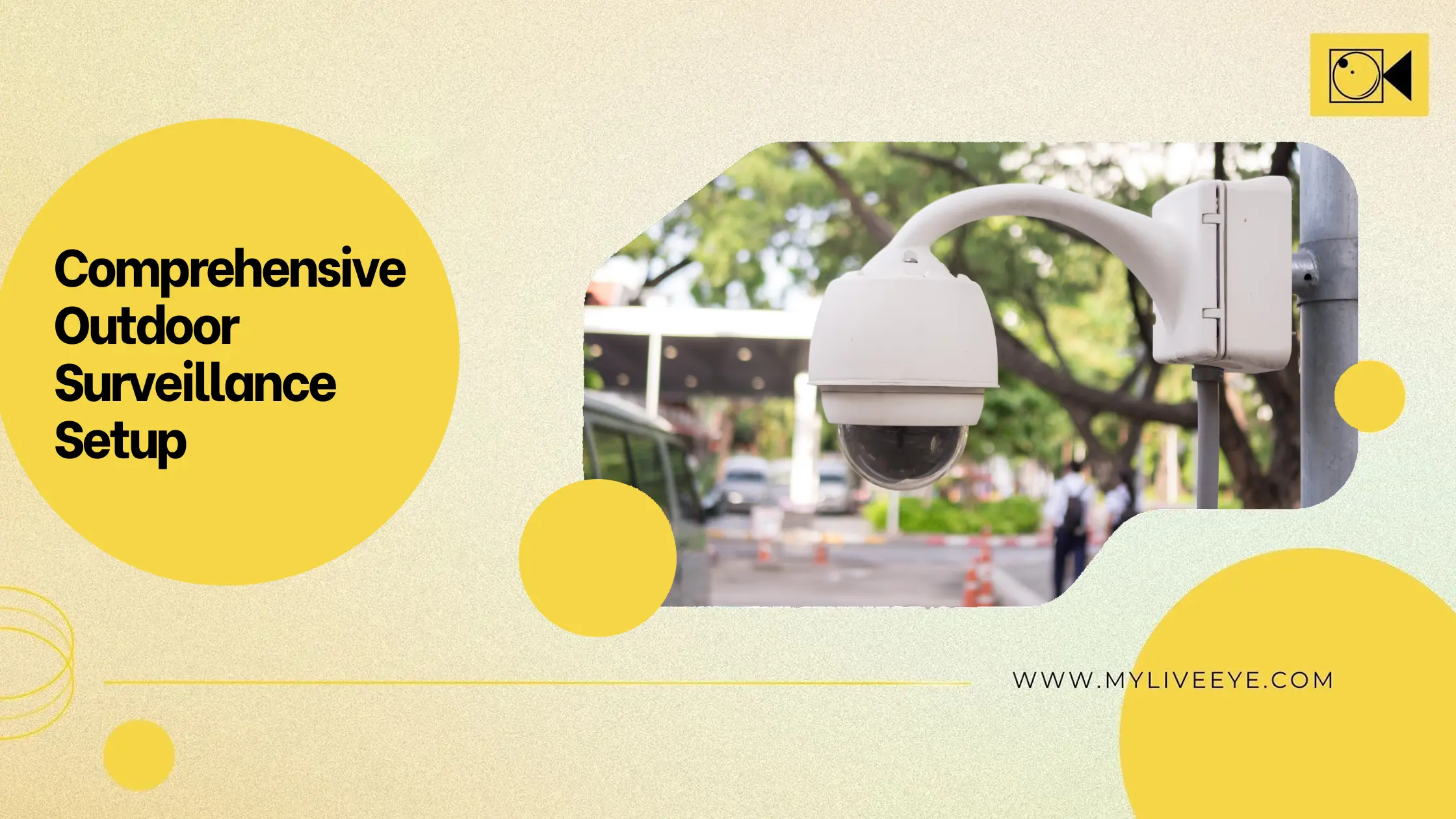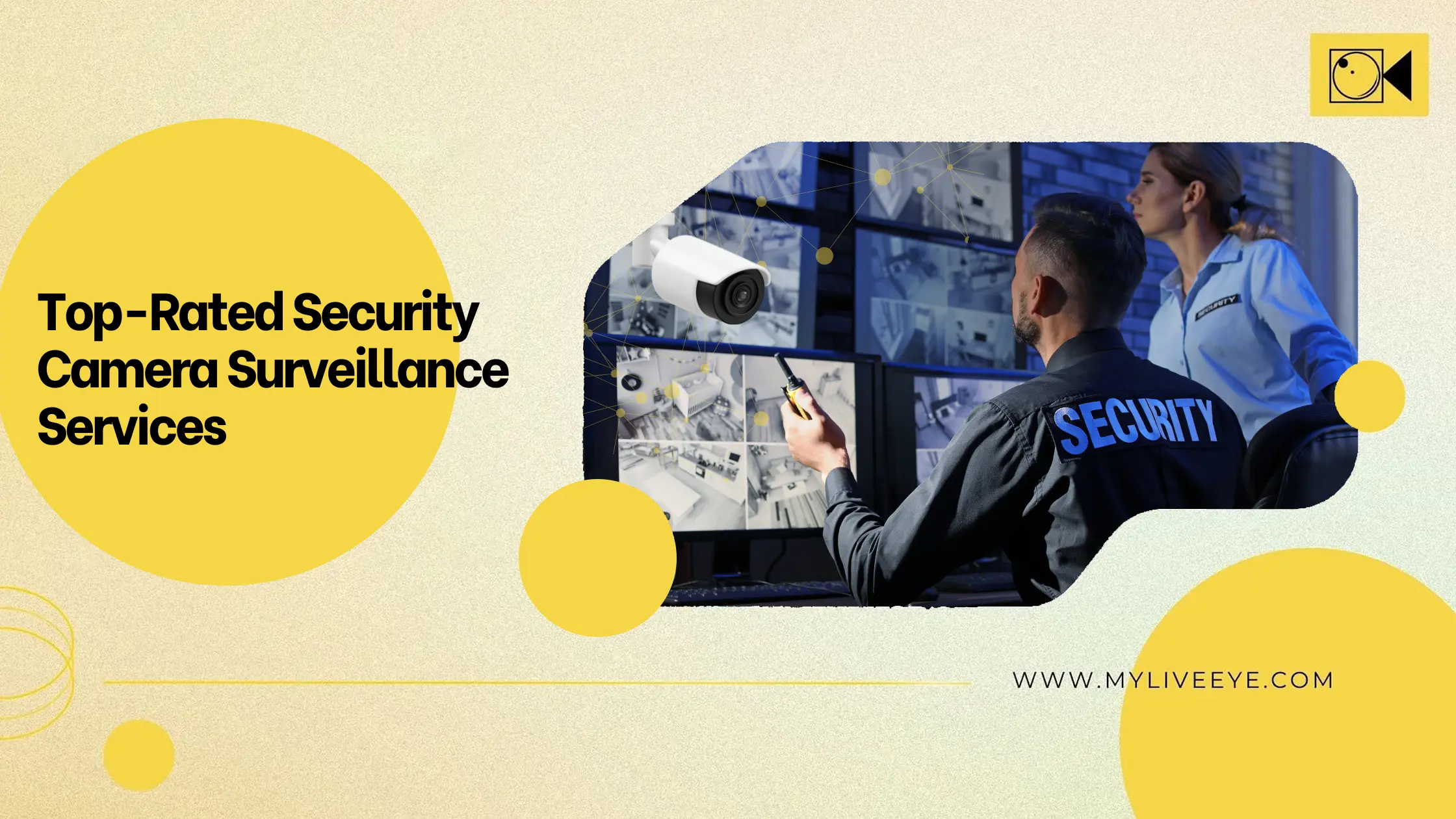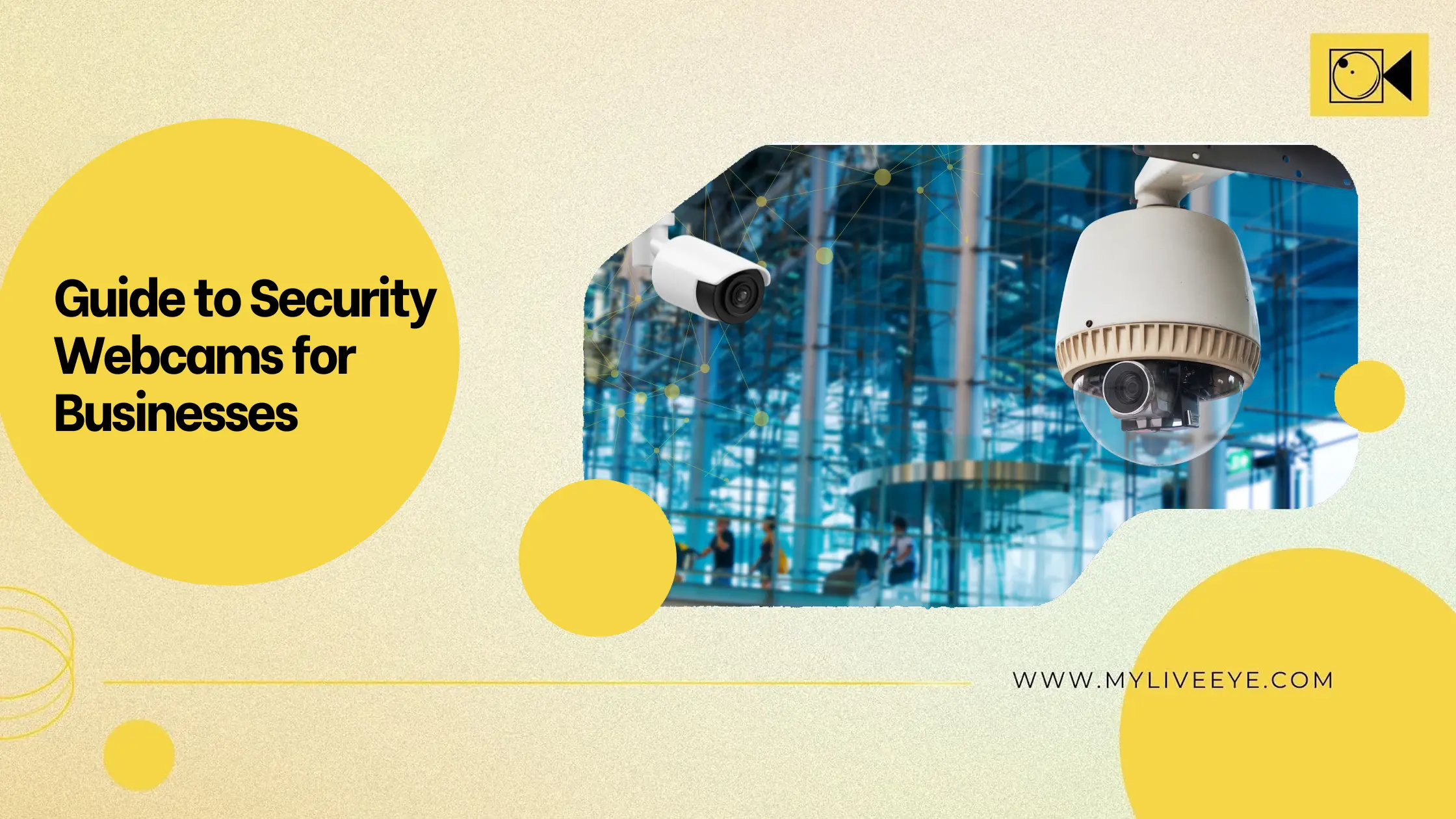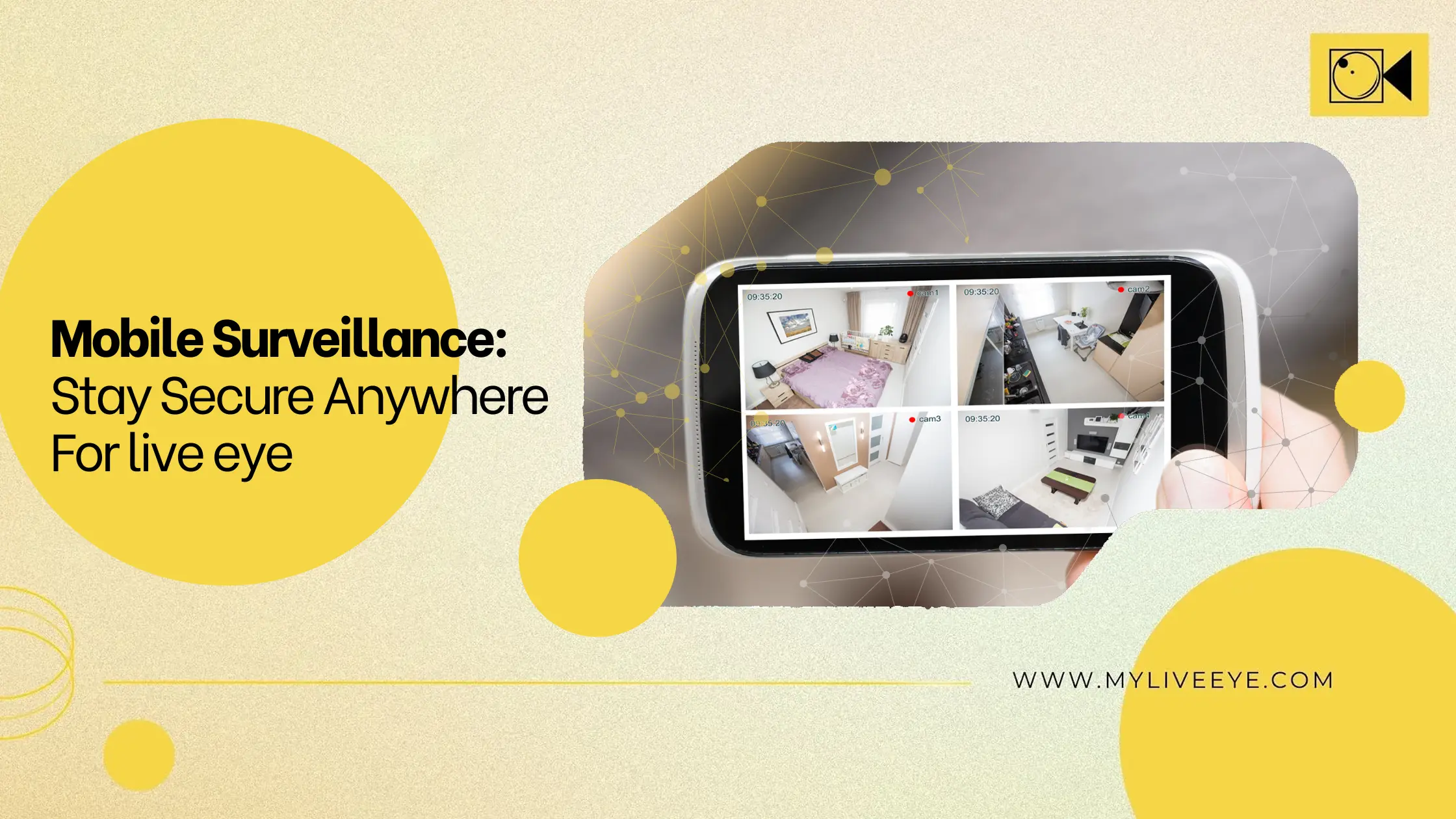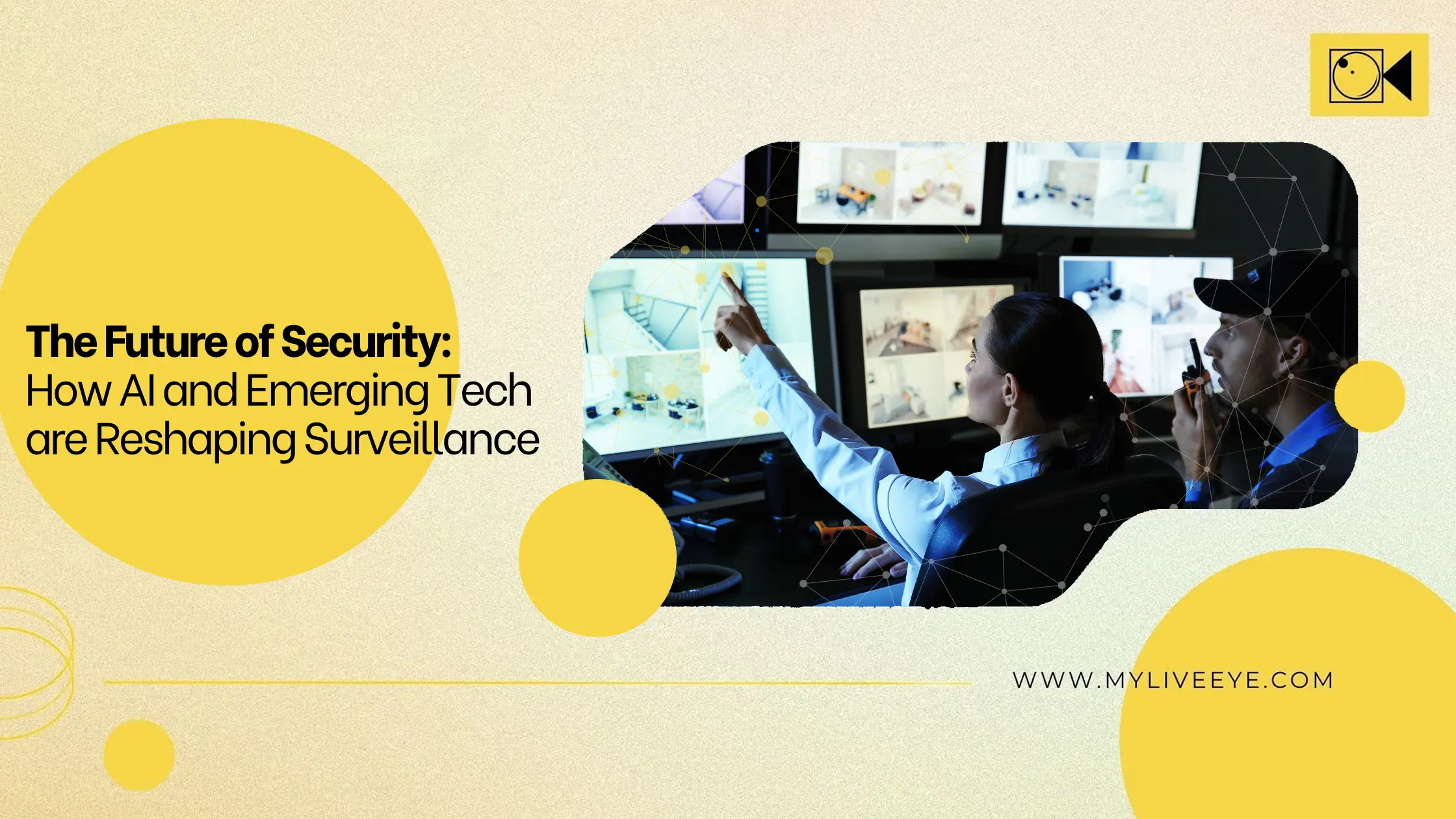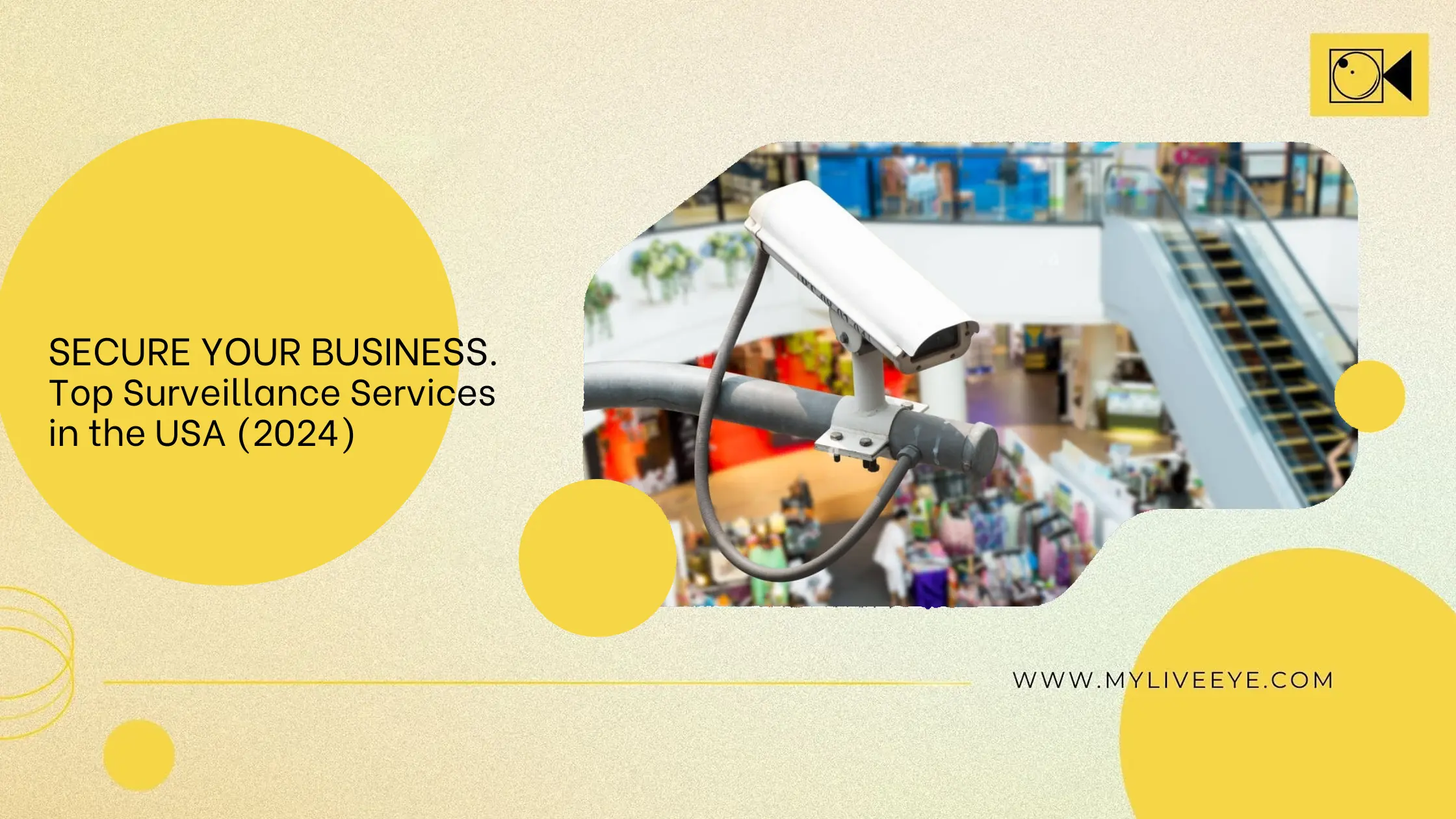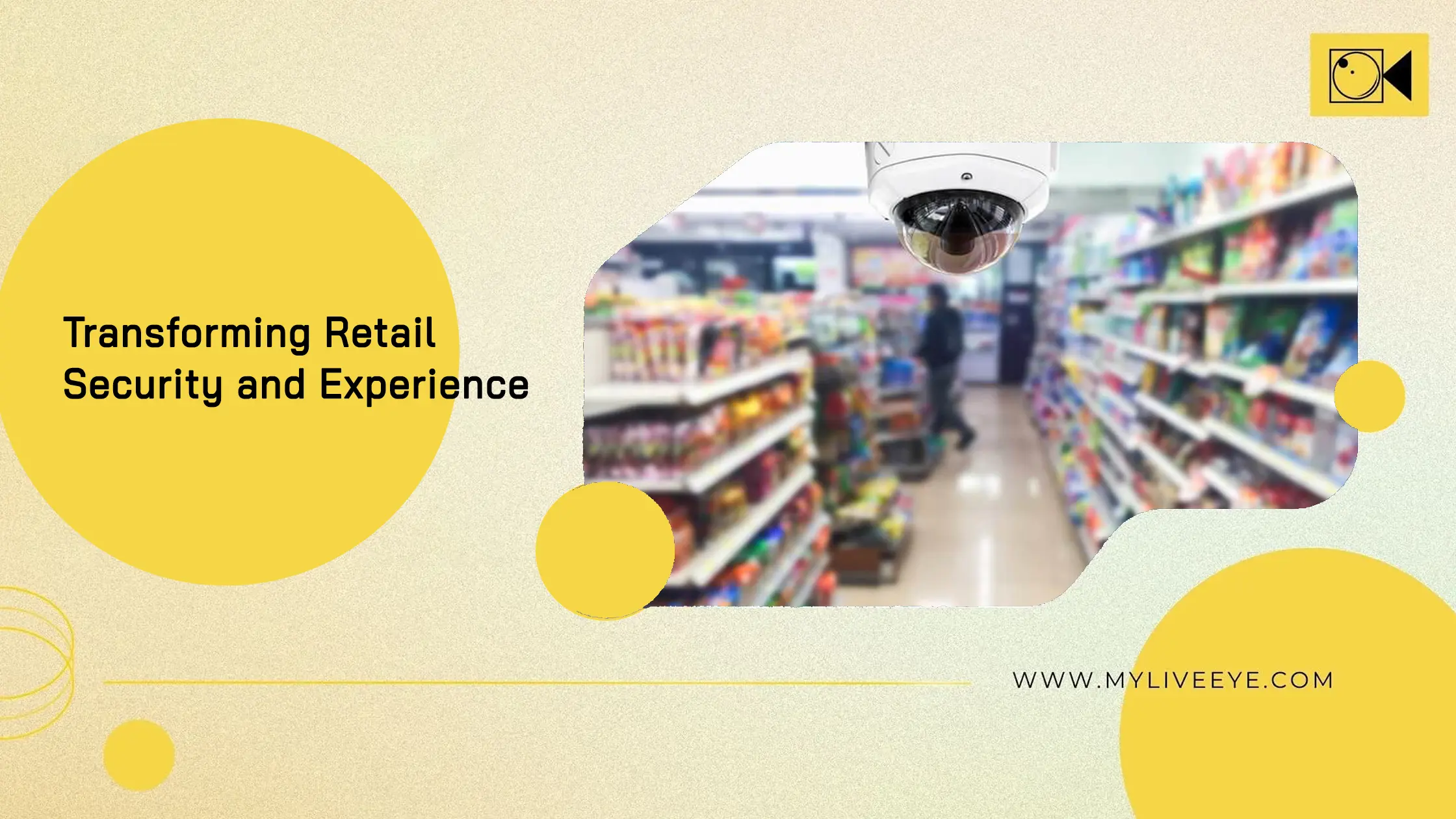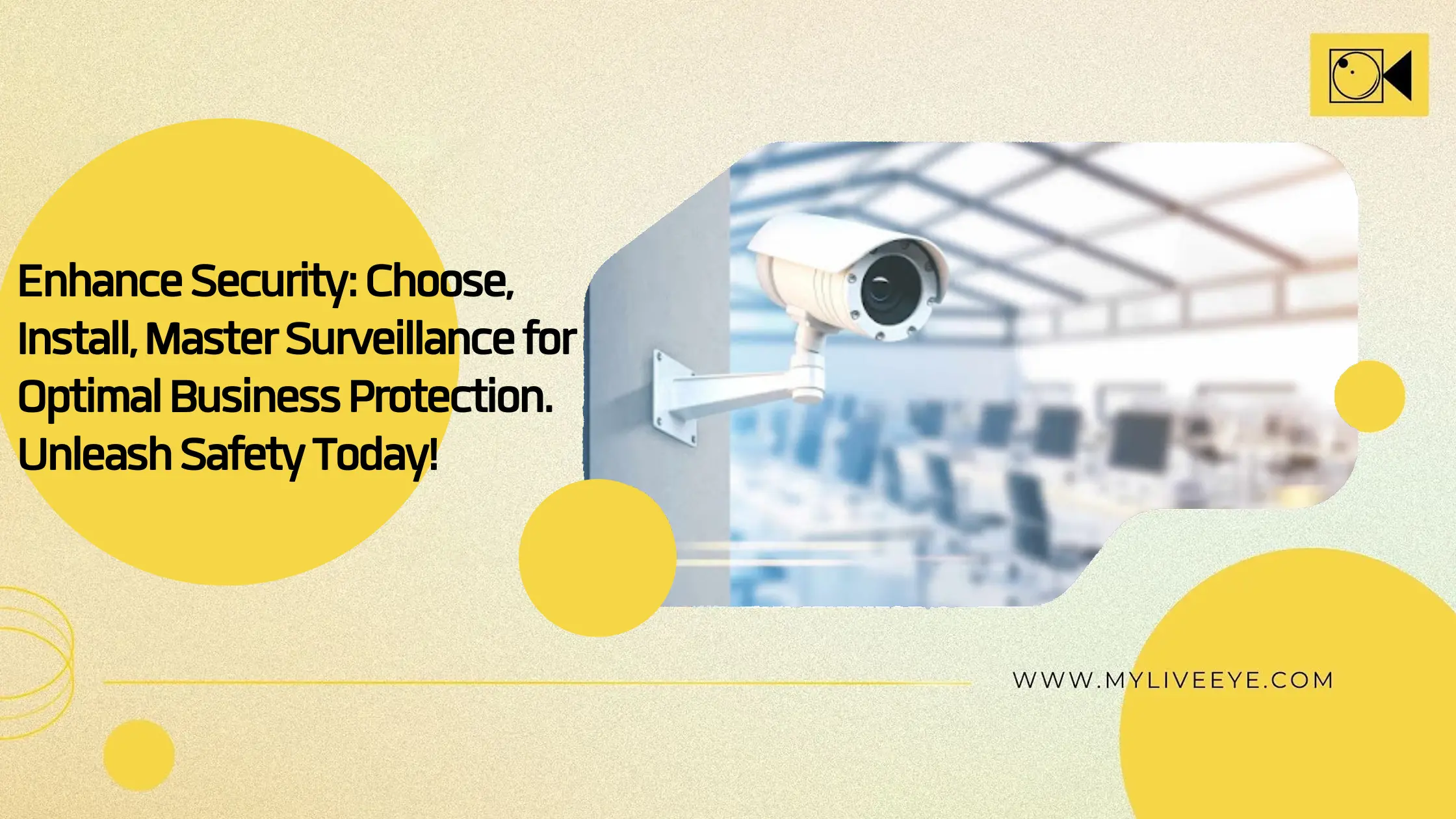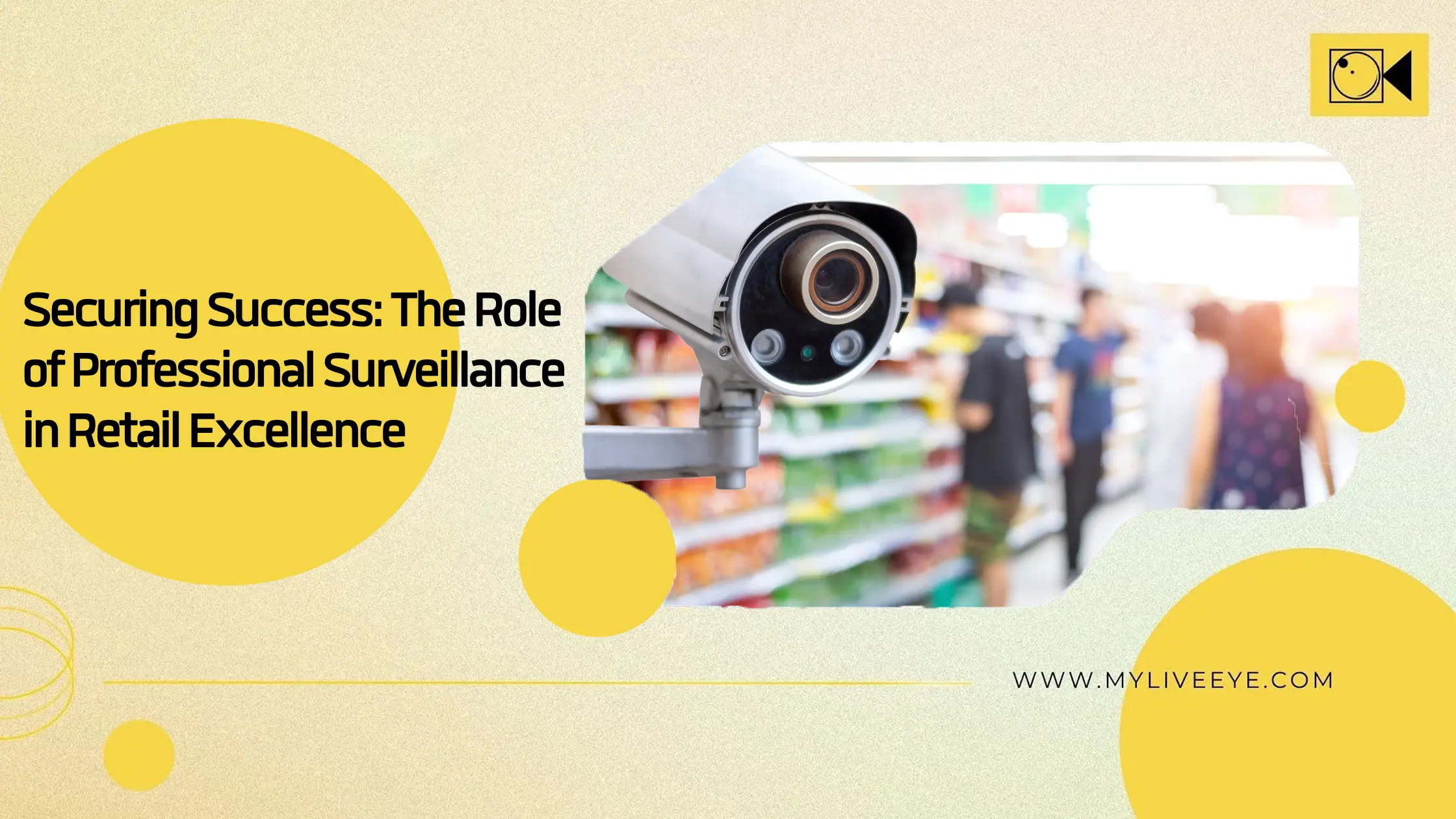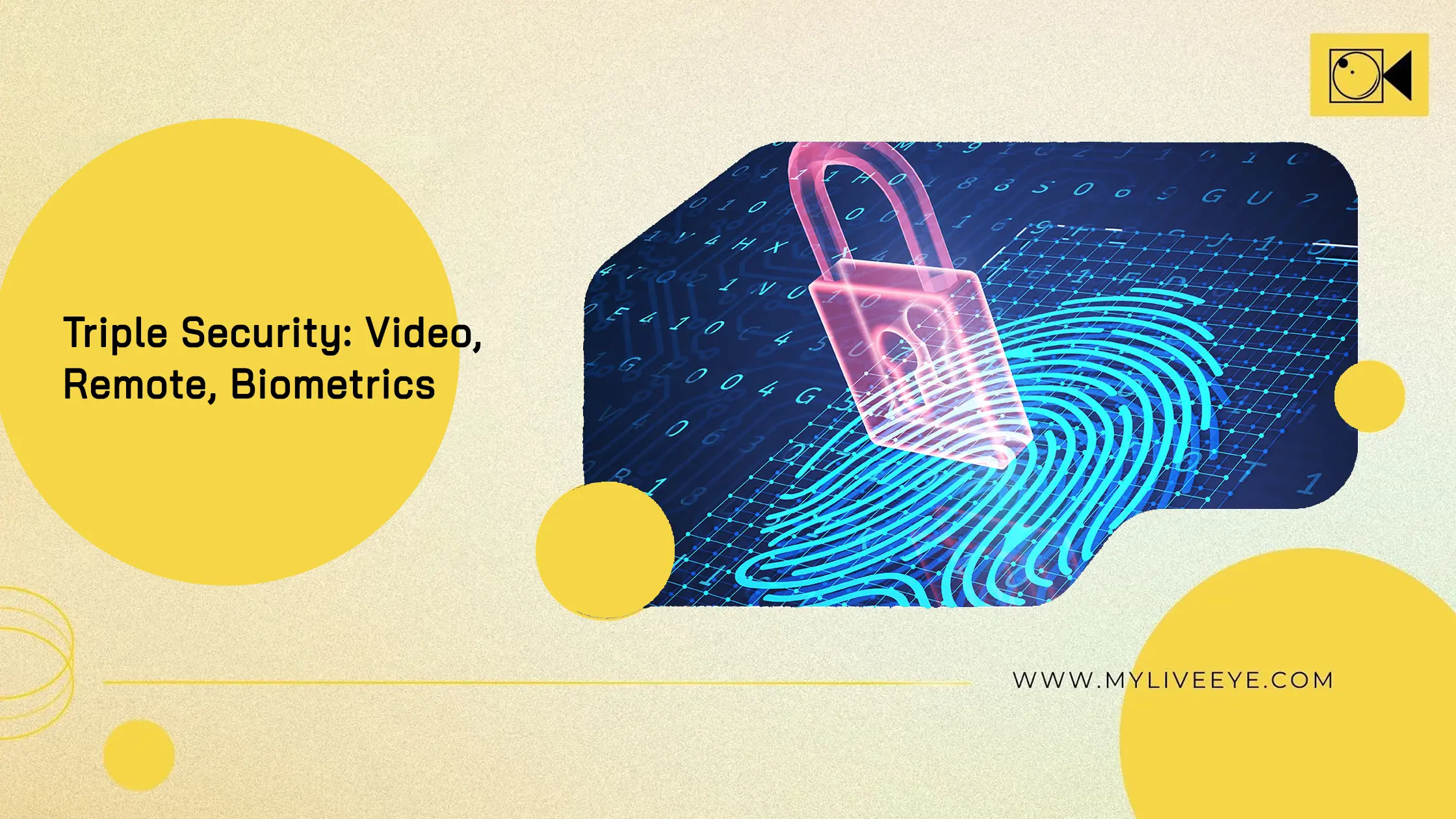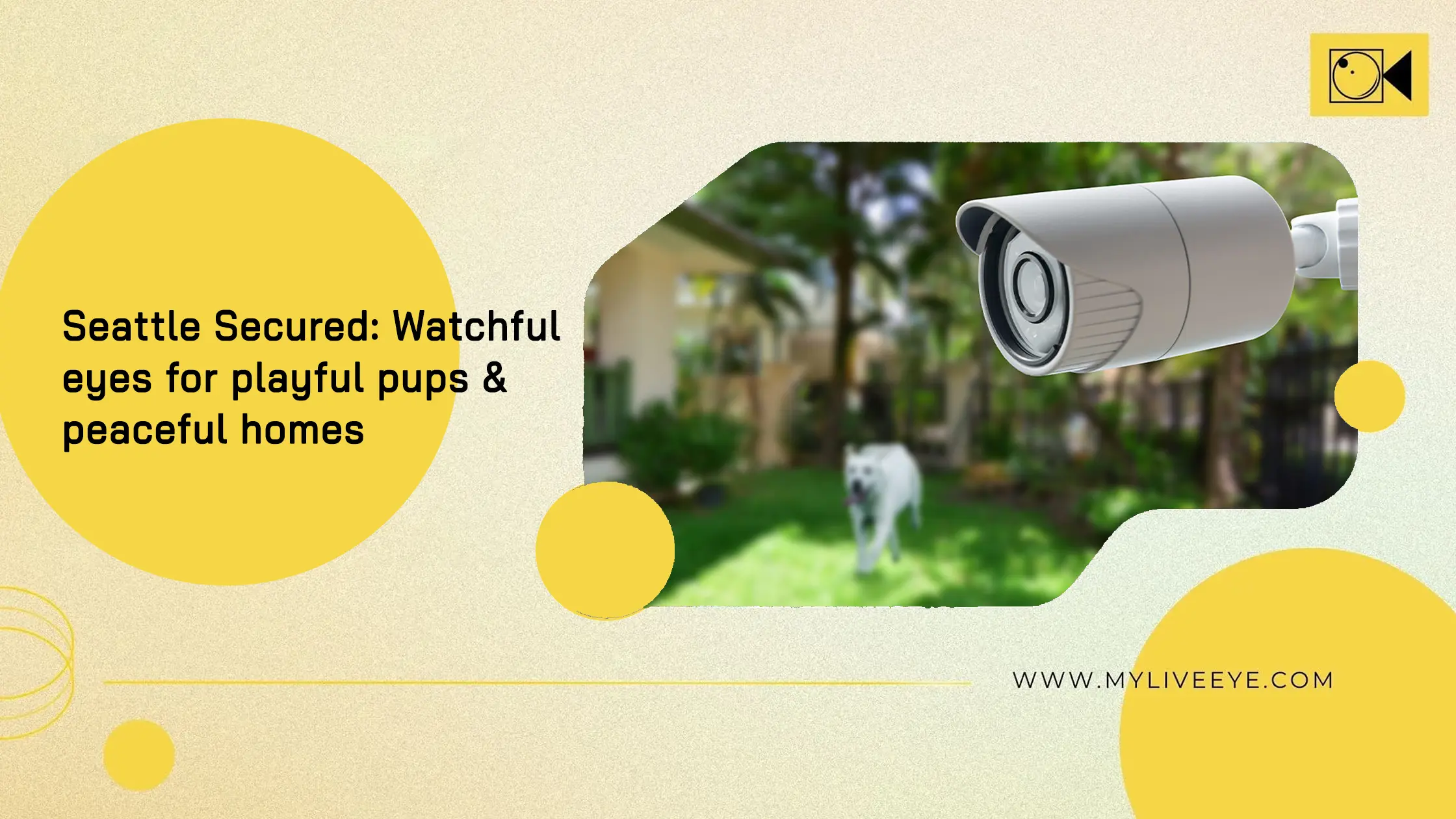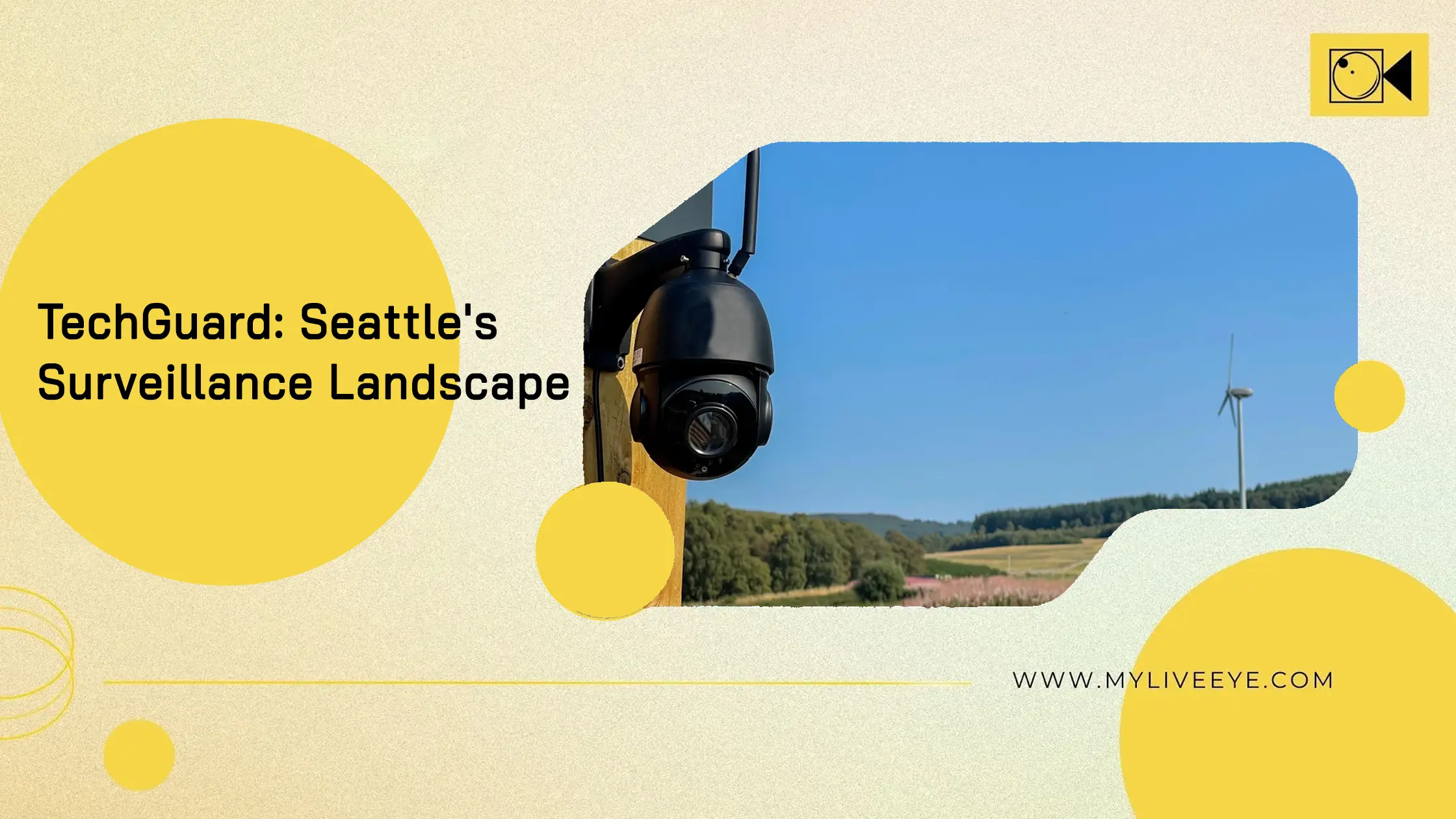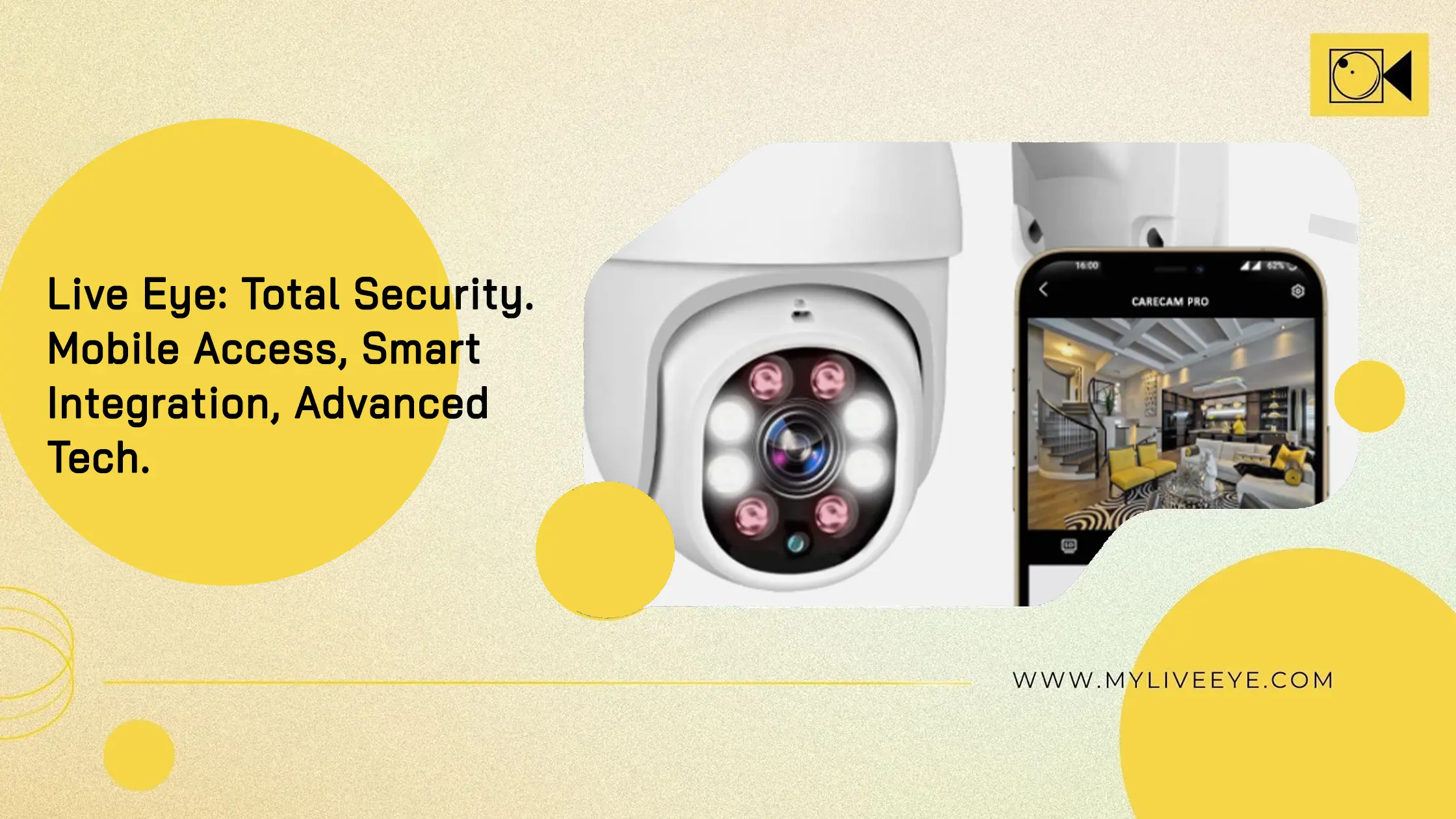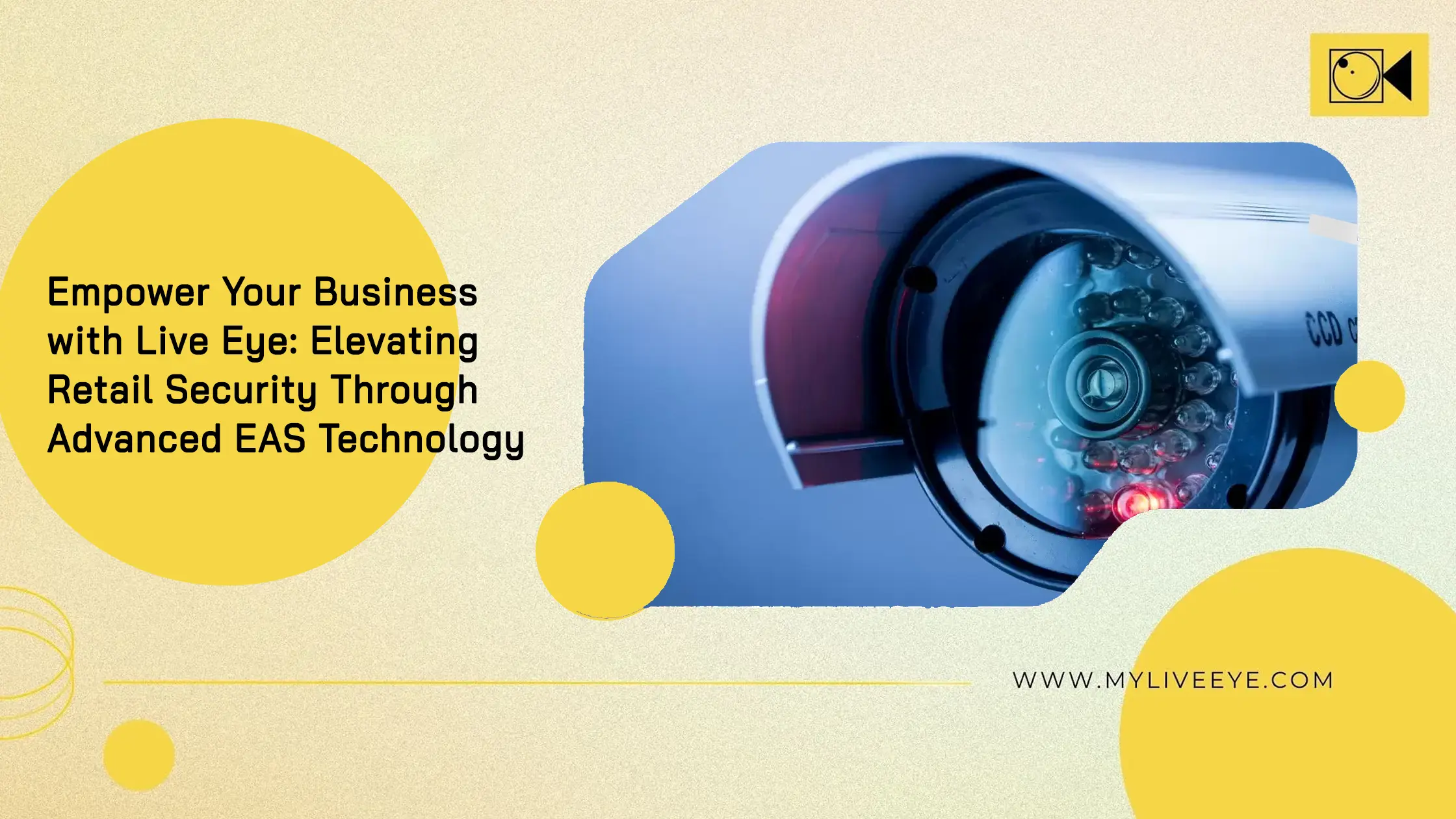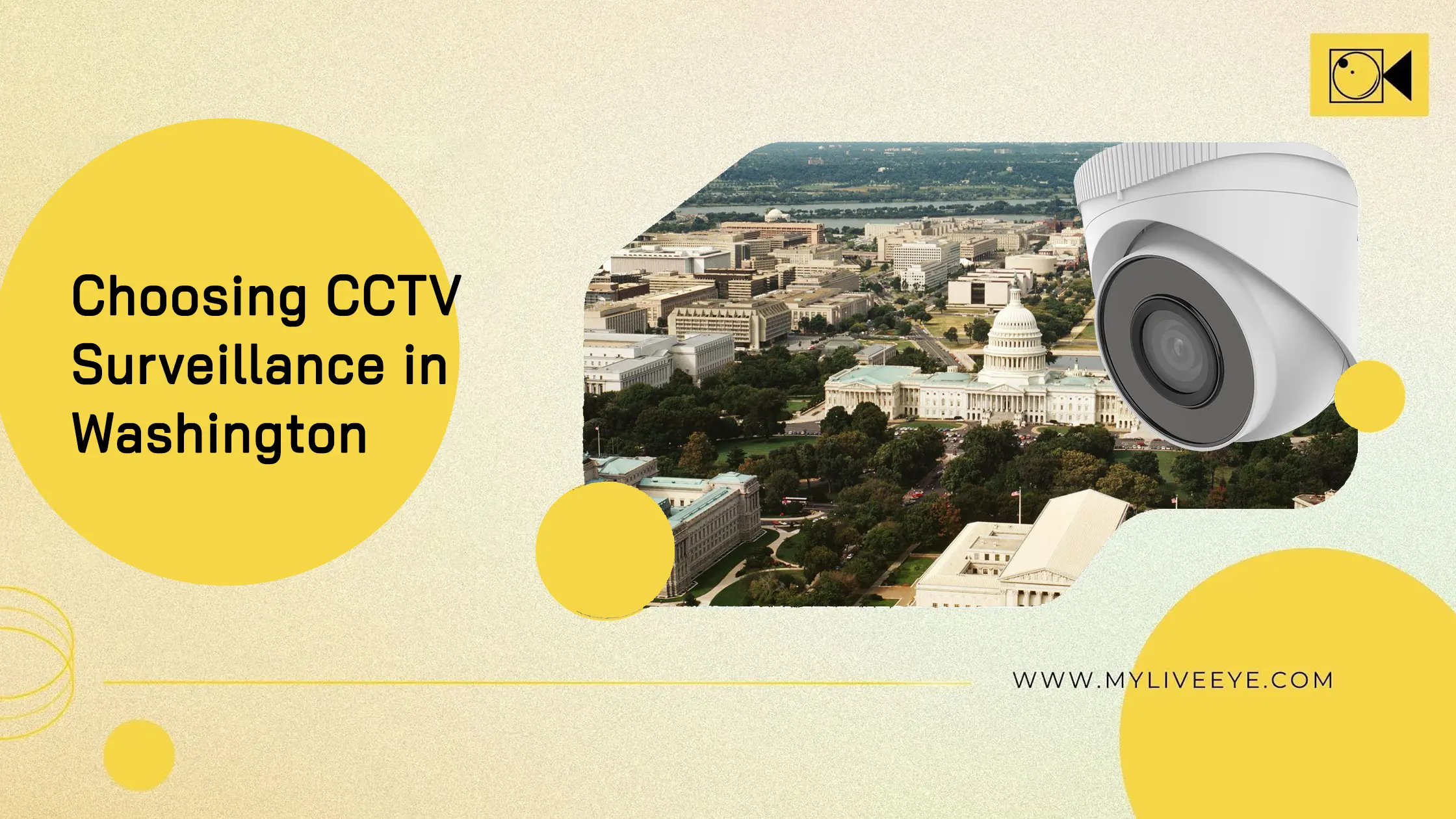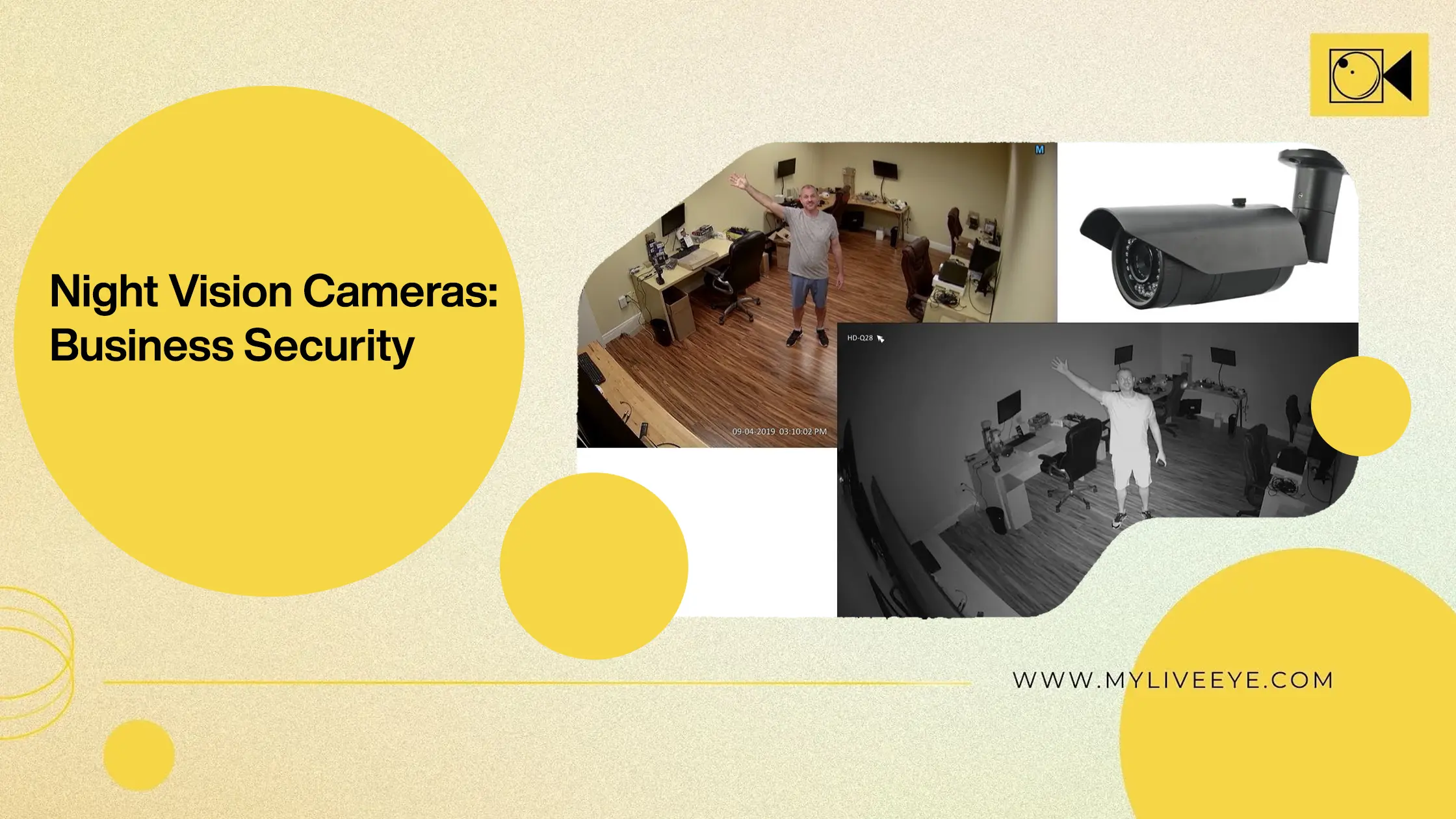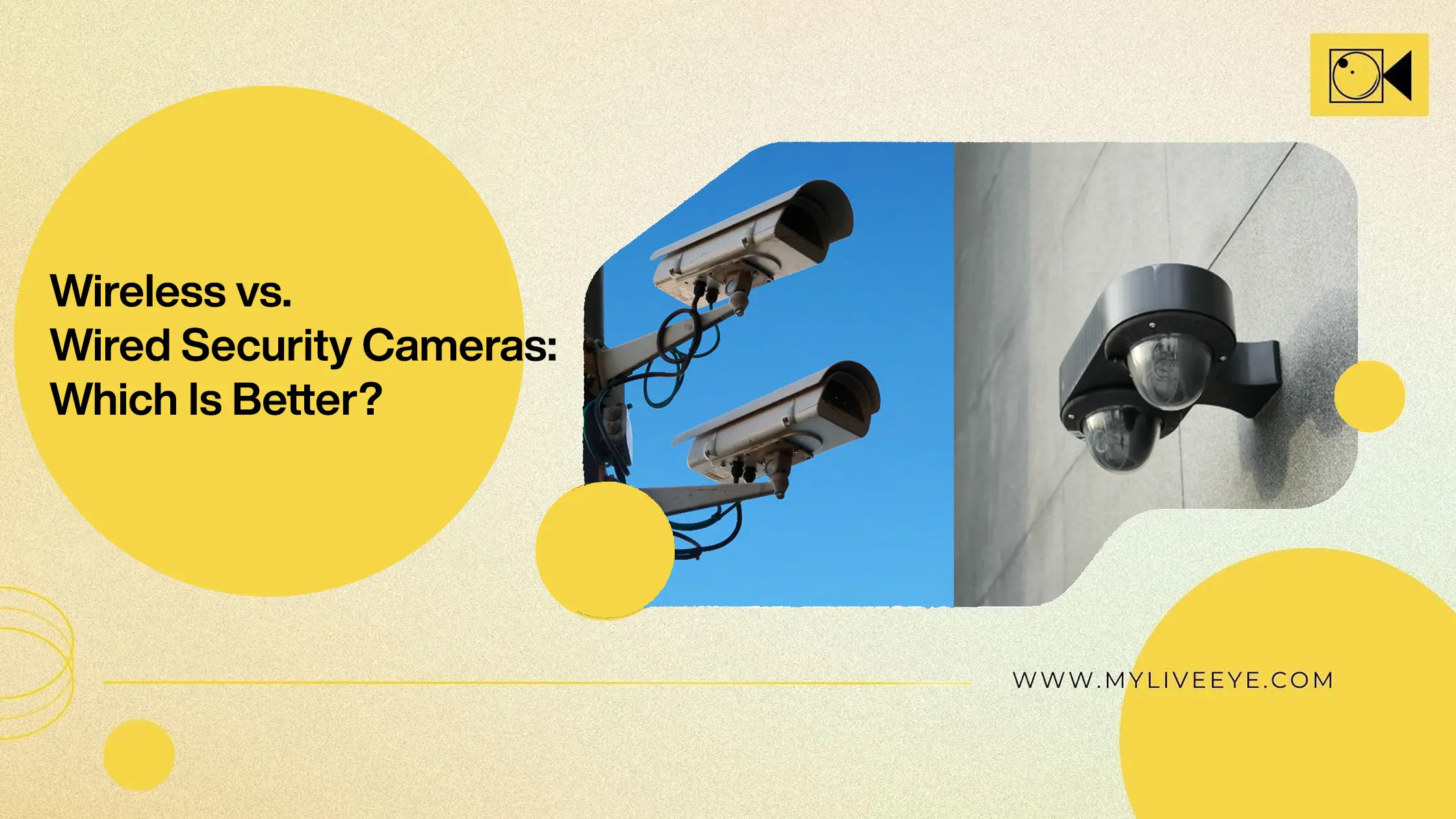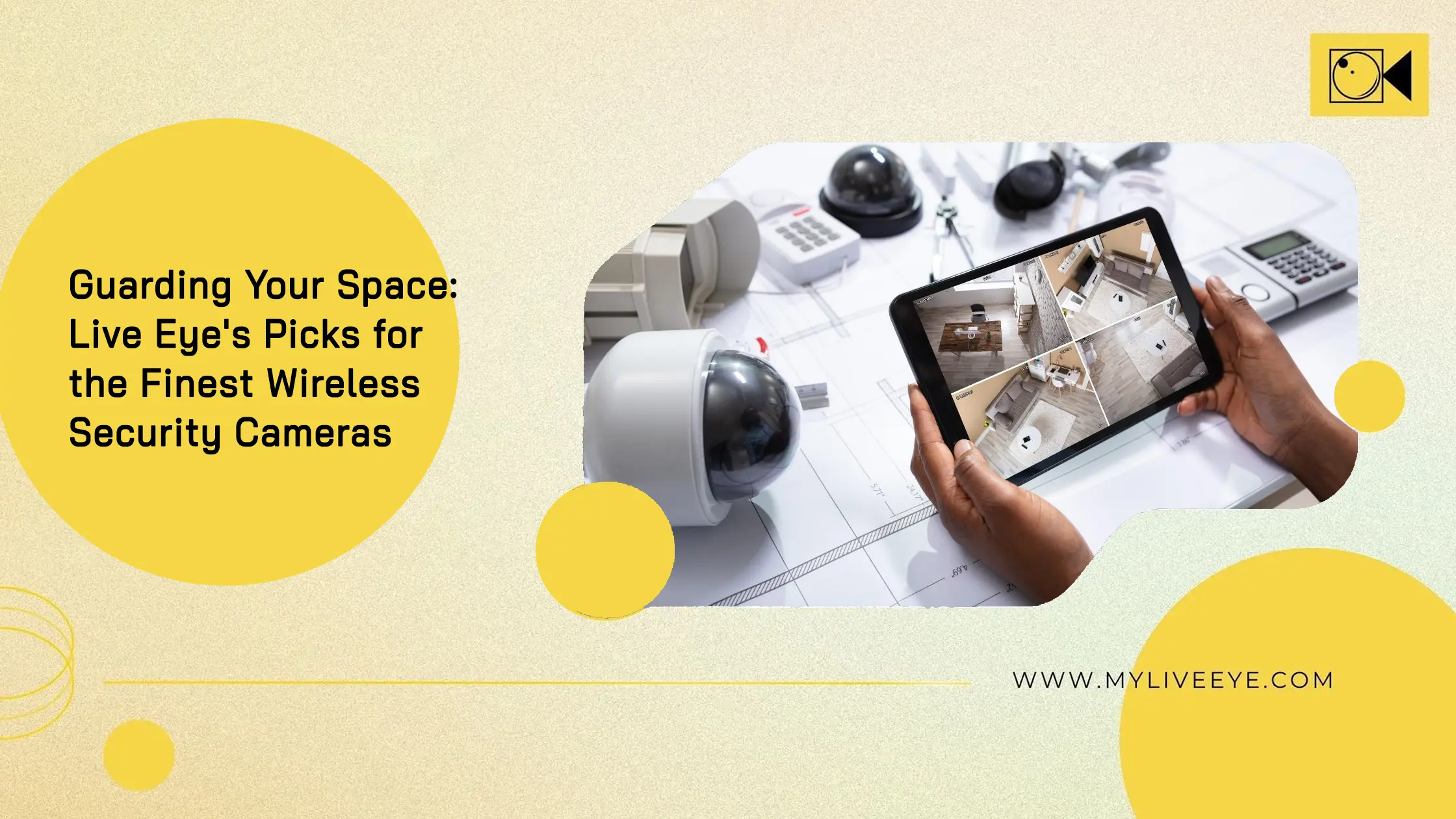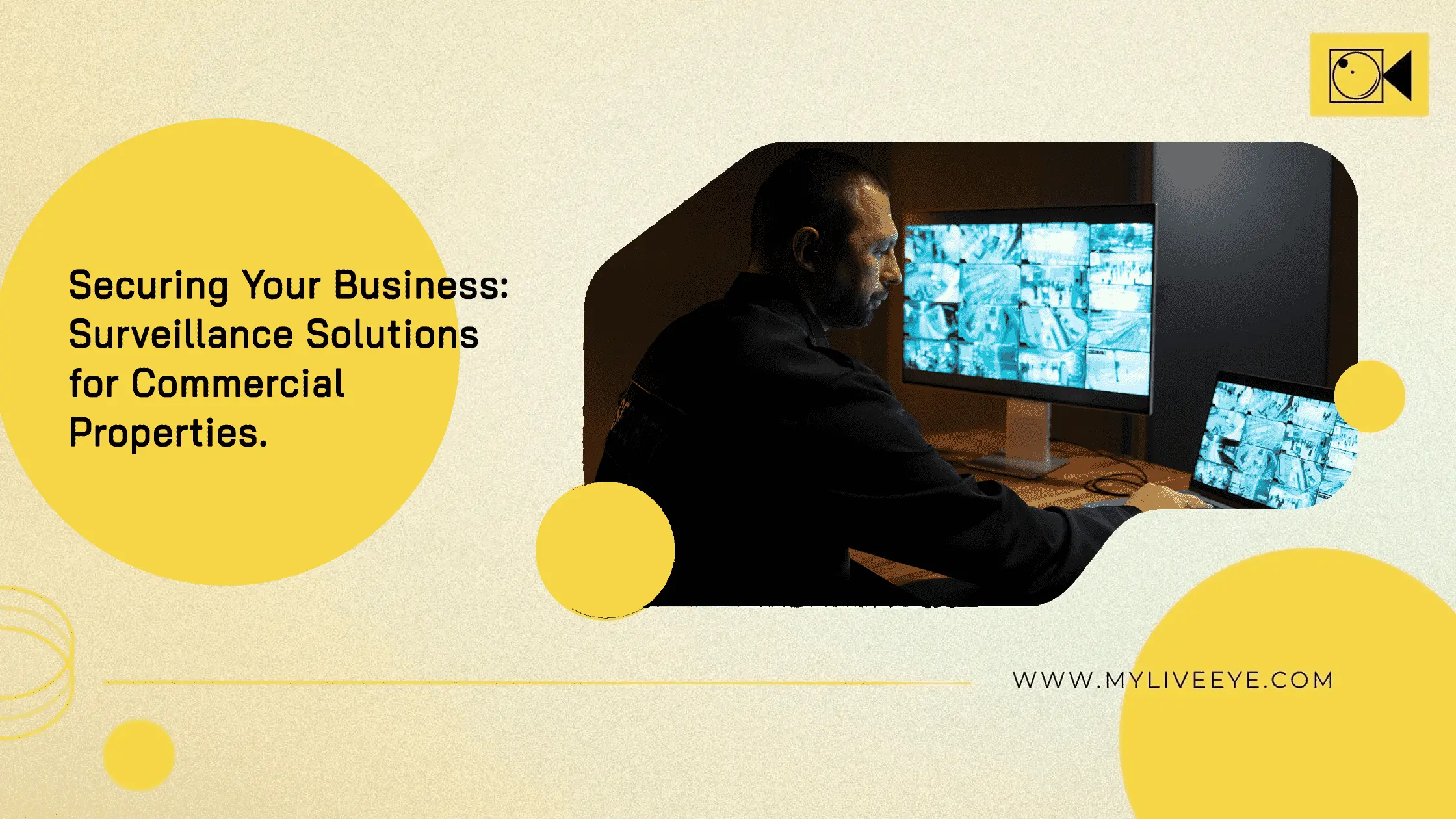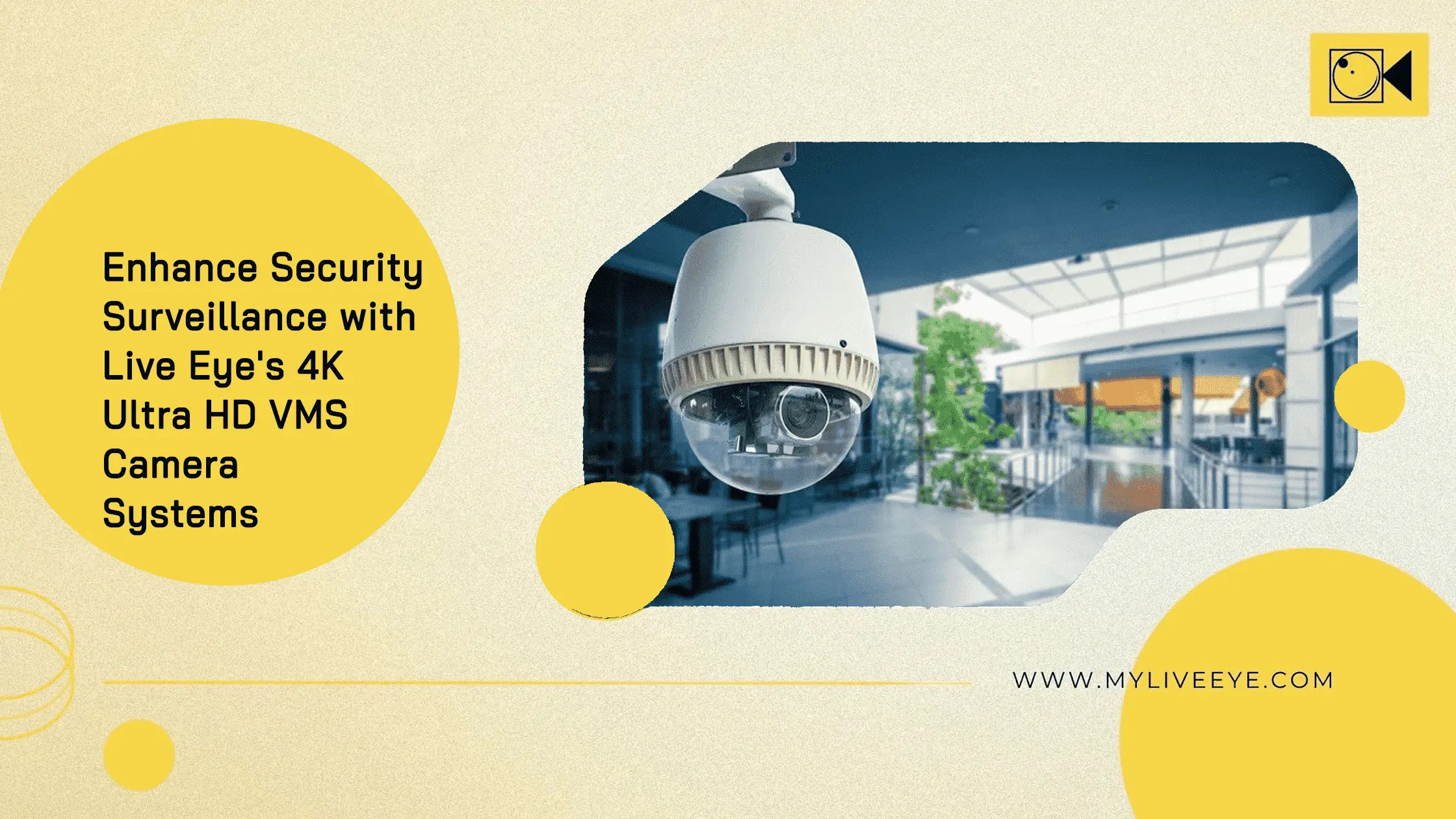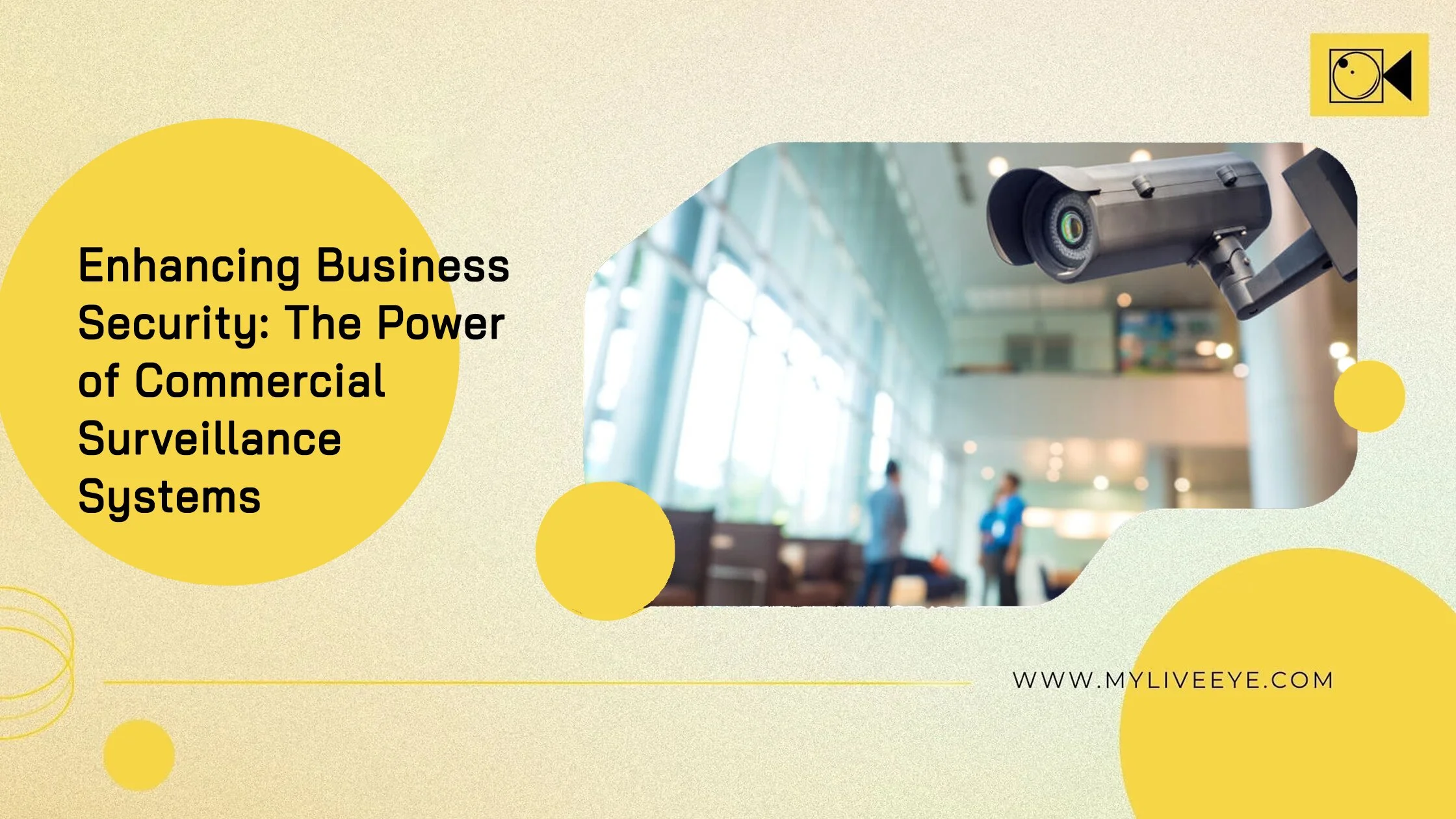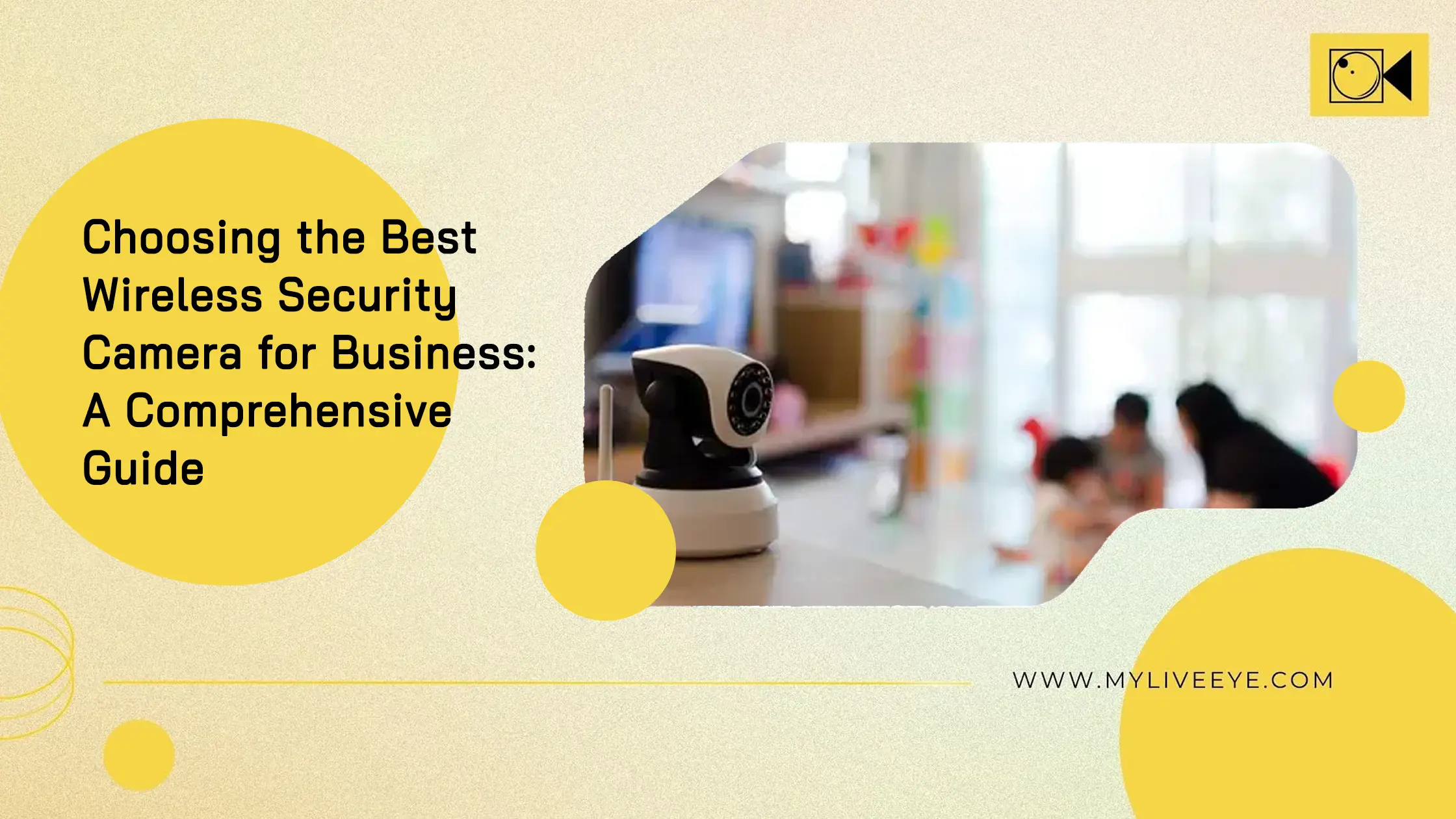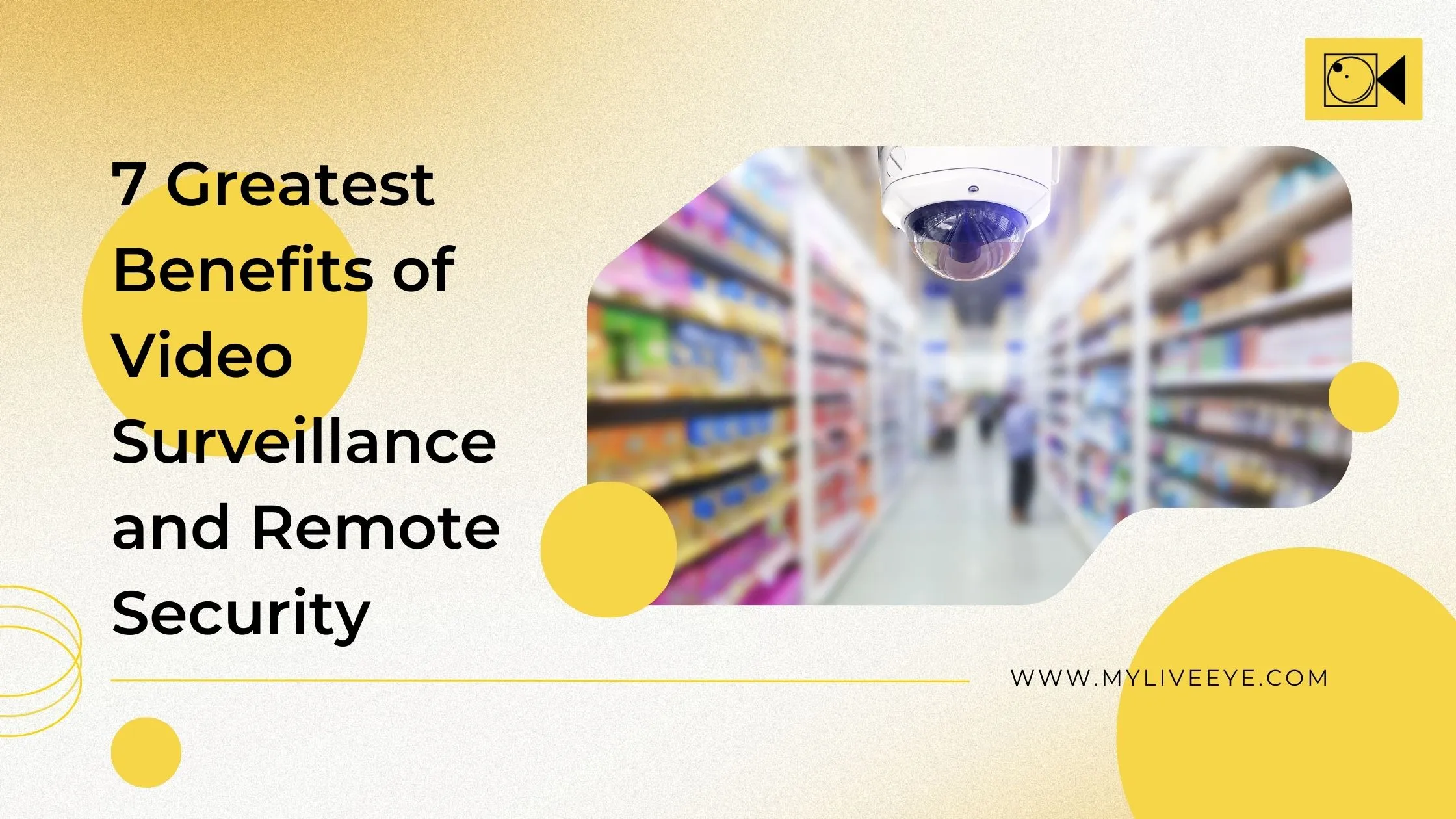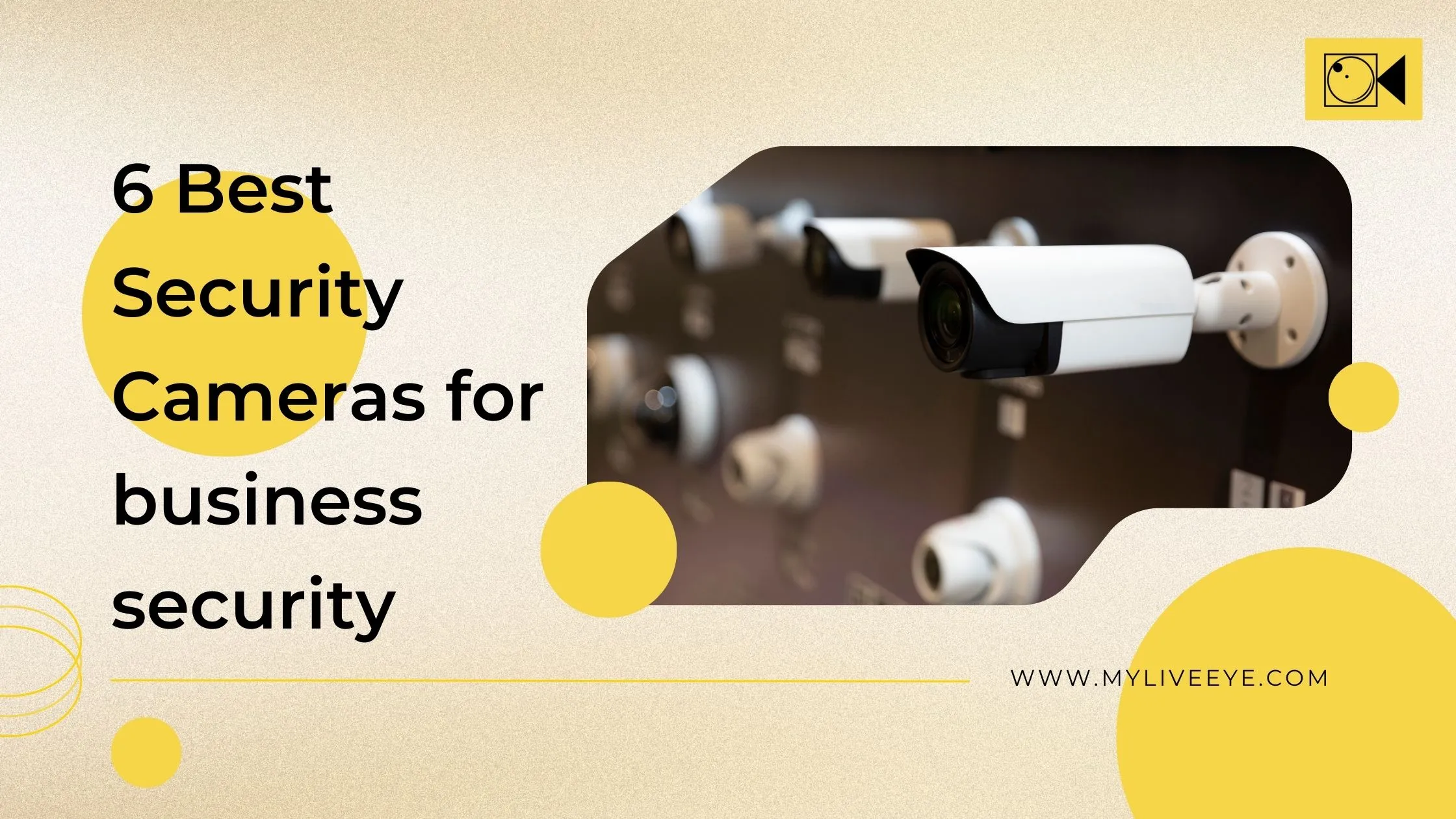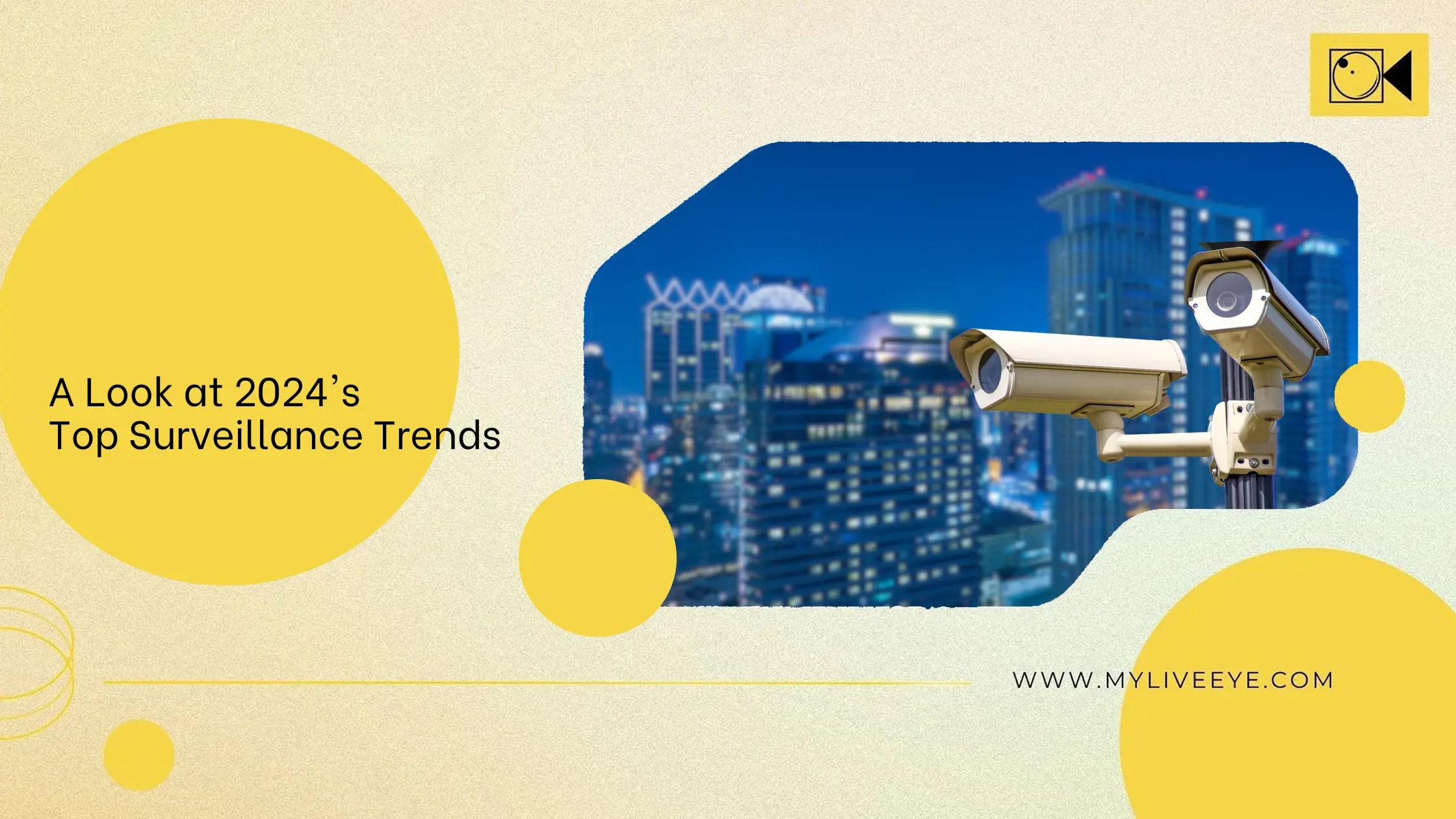
Empowering Security: AI, 5G, IoT, and Future Trends
Harnessing AI and Machine Learning for Advanced security solutions

Artificial intelligence (AI) and machine learning are driving significant advancements in the field of security. In 2024, AI-powered surveillance systems are capable of analysing vast amounts of data in real-time, enabling proactive threat detection and predictive analytics. Machine learning algorithms can identify patterns and anomalies, allowing security personnel to respond swiftly to potential security breaches.
Moreover, AI-driven video analytics are transforming closed-circuit television (CCTV) systems into intelligent monitoring platforms. These systems can automatically detect and track objects, recognize faces, and even predict suspicious behaviour. By leveraging AI and machine learning, organisations can enhance the effectiveness of their surveillance operations while reducing reliance on human intervention.
5G's Revolutionary Impact on cutting-edge surveillance

The rollout of 5G networks is set to revolutionise surveillance capabilities in 2024 and beyond. With its unparalleled speed and low latency, 5G enables seamless connectivity and high-definition video streaming, essential for real-time surveillance applications. This ultra-fast network connectivity ensures that surveillance systems can transmit and receive data instantaneously, facilitating swift response to security incidents.
Moreover, 5G-powered edge computing enhances the processing capabilities of surveillance devices. By processing data closer to its source, latency is minimised, enabling faster decision-making and reducing reliance on centralised servers. This distributed architecture enhances the scalability and reliability of surveillance systems, making them more resilient to cyber threats and network congestion.
IoT Integration: Building Comprehensive Solutions for the Future of Surveillance

The integration of Internet of Things (IoT) devices is revolutionising surveillance, creating a comprehensive monitoring ecosystem. IoT devices such as smart cameras, sensors, and actuators gather real-time data from various sources, providing a holistic view of security landscapes. These interconnected devices enable proactive threat detection, environmental monitoring, and situational awareness, empowering security personnel to respond swiftly to emerging risks.
Furthermore, IoT integration facilitates interoperability between disparate surveillance systems, enabling seamless data sharing and collaboration. By harnessing the power of interconnected devices, organisations can create a unified surveillance infrastructure that enhances overall security posture and operational efficiency.
Future Trends and Predictions in Surveillance
Looking ahead, the future of surveillance promises even greater advancements fuelled by emerging technologies. One emerging trend is the adoption of block chain technology for secure data storage and transmission in surveillance systems. Block chain ensures data integrity and confidentiality, mitigating the risk of tampering and unauthorised access. Moreover, advancements in quantum computing are poised to revolutionise encryption techniques, further enhancing the security of surveillance operations against cyber threats.
Additionally, the convergence of surveillance technology with augmented reality (AR) and virtual reality (VR) is creating immersive monitoring experiences. AR overlays contextual information onto live video feeds, enhancing situational awareness and decision-making for security personnel. VR simulations enable realistic training scenarios for security personnel, improving response times and decision-making under pressure.
Staying Ahead: Keeping Up with Technological Advancements
In a rapidly evolving landscape, staying abreast of technological advancements is crucial for organisations seeking to maintain a competitive edge in surveillance technology. This requires a commitment to continuous learning and professional development, as well as collaboration with industry partners and participation in conferences and workshops.
Moreover, organisations must invest in robust cybersecurity measures to safeguard against emerging threats in the digital landscape. This includes implementing encryption protocols, access controls, and intrusion detection systems to protect sensitive surveillance data from unauthorised access and cyberattacks.
Conclusion
Advancements in surveillance technology are reshaping the security landscape in 2024 and beyond. By embracing emerging technologies, leveraging AI and machine learning, harnessing the power of 5G networks, integrating IoT devices, and staying ahead of future trends, organisations can deploy cutting-edge surveillance solutions that enhance security and operational efficiency in an ever-evolving threat landscape.
With innovative platforms like Liv Eye, offering real-time monitoring and analytics capabilities, organisations can further enhance their surveillance infrastructure, enabling proactive threat detection and effective response strategies. By continually adapting to technological advancements and investing in comprehensive surveillance solutions, organisations can safeguard their assets, protect their people, and maintain a resilient security posture in the face of evolving threats.
Also read: Secure Your Business. Top Surveillance Services in the USA (2024).

